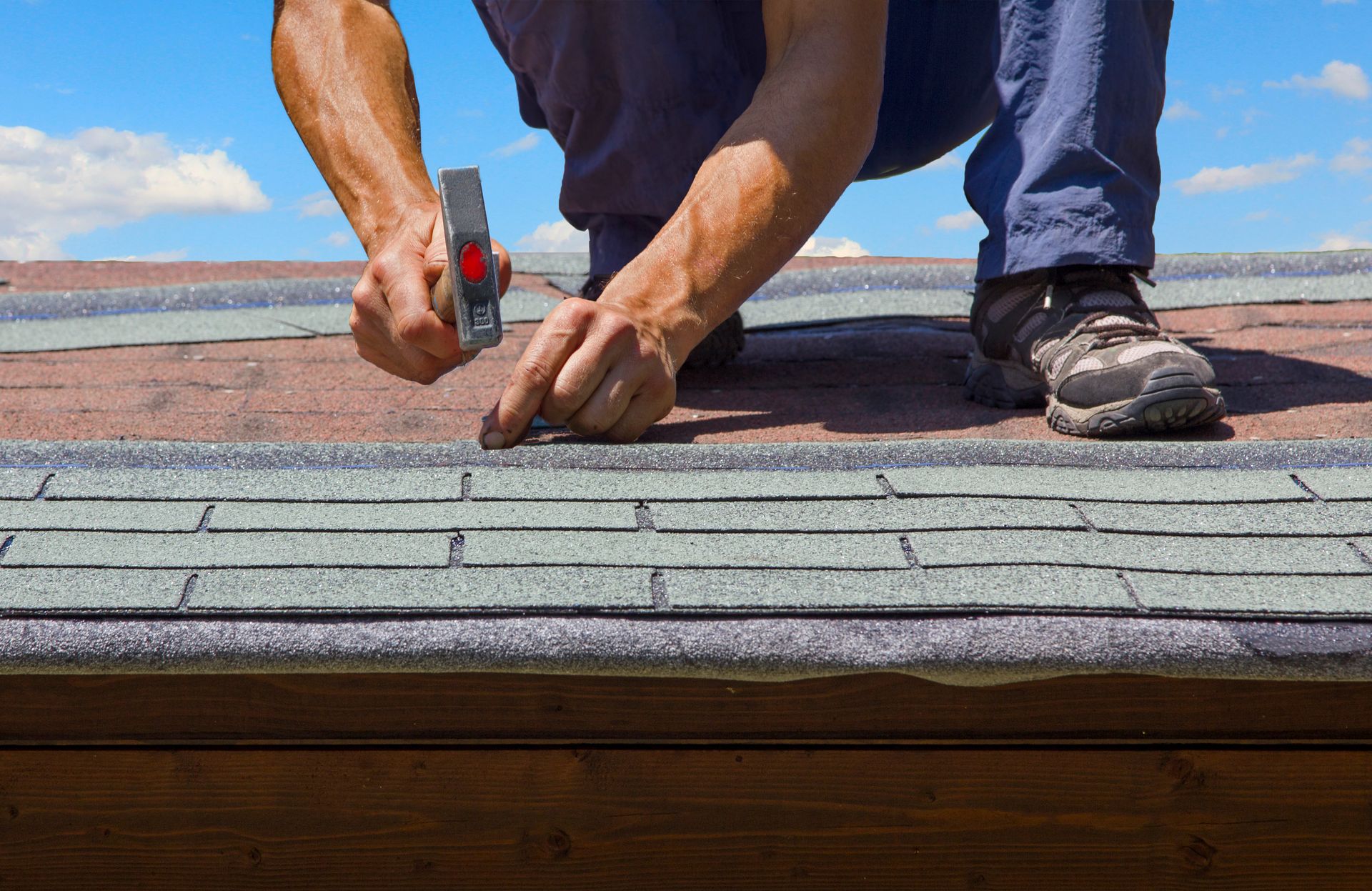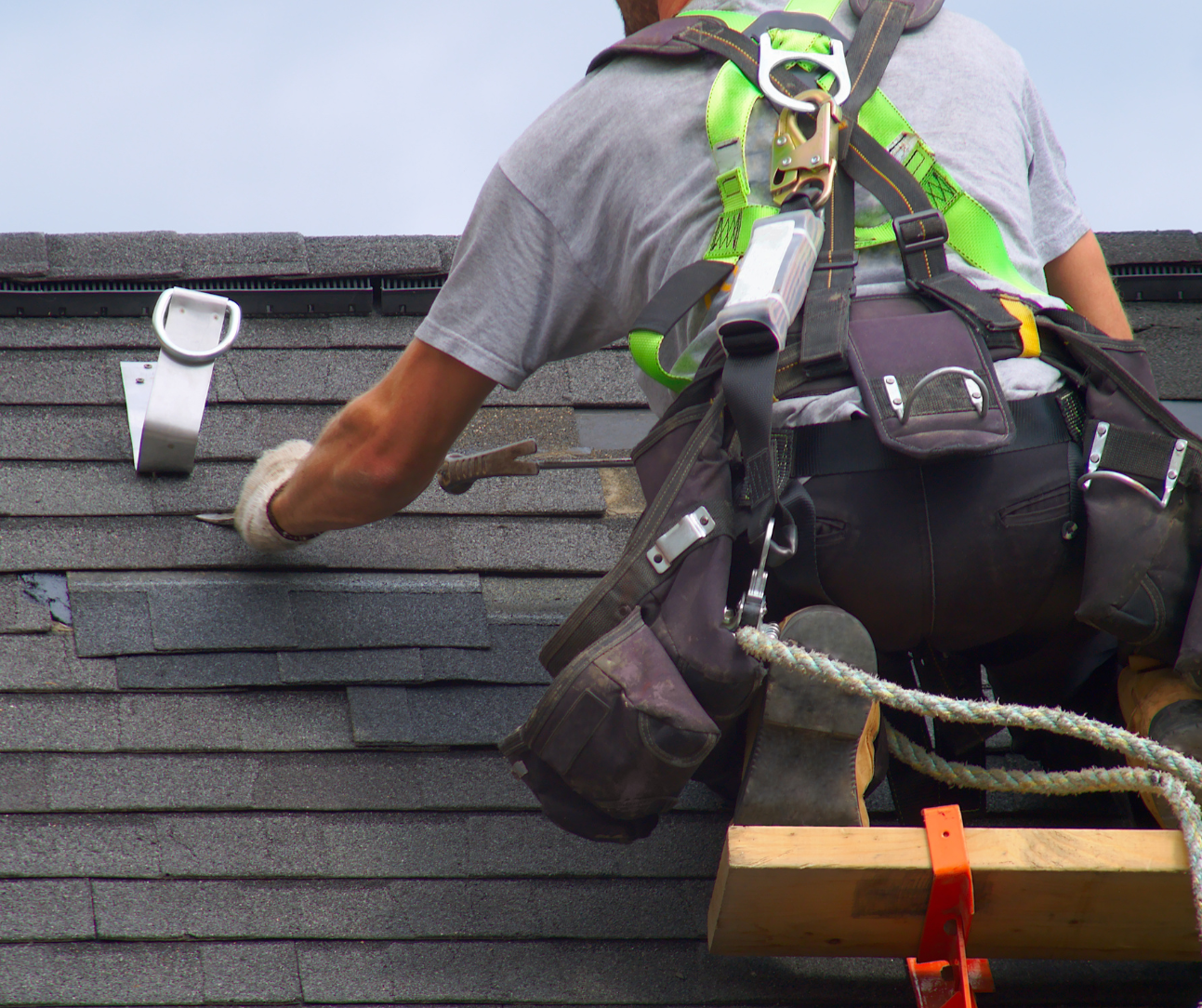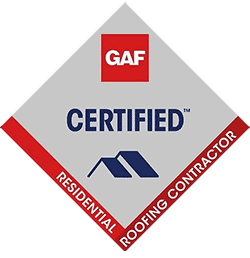The Top 5 Winter Weather Roofing Tips for Texas
Texas roofing contractors often get a lot of questions this time of year about how to weatherproof roofs in preparation for the cold winter months. While the winters aren't as bad as they are in other parts of the country, it is still important to take some precautions to protect your roof and home from the elements.
The weather can be pretty unpredictable in Georgetown, Texas. One day it might be sunny and warm, and the next day you might wake up in a winter wonderland! In the past few years, winter temperatures dropped and we unexpectedly endured the freeze. That's why it's important to be prepared for anything to protect your roof from damage, increase its durability, and to preserve its life.
Weatherproofing your
roof to be resilient against the elements like wind, freezing rain, hail, snow, and cold can save you from bigger issues in the long run. With the right roofing tips and roofing services, it doesn't have to be a task you forget or avoid. Here are the top 5 winter weather roofing tips for Texas:
1.
Inspect your roof
- Before any preparation can be done, you must first inspect your
roof for any damage that might have occurred. Look out for cracks in the roof, missing shingles, and any other signs of damage. This is essential because any roofing damage should be fixed before winter starts, otherwise you risk further roof damage from the severe weather. Any previous damage creates a weak spot and can be vulnerable to winter weather extremes. If you find any, a roofing contractor can help you get it fixed before it gets worse. Alco Roofing offers free roof inspections with photographs of our findings. Call us for your roofing inspection needs. There is no risk or expense to you for this important roof protection tip!
2.
Trim trees - Ensure that your roof is free of debris by trimming back branches around your roof and home. This will reduce the risk of damaged shingles, clogged gutters, and roof rot. In inclement weather, tree branches can break and land on your roof causing damage to the roof, so trimming away any dead or overgrown branches is important to prevent roof damage!
3.
Clean gutters - Clogged gutters affect roof drainage, which can lead to roof leaks. In heavy winter precipitation, backed-up rain and snow can pile up in clogged gutters and freeze into chunks of ice. Heavy gutters will increase the likelihood of your roof being damaged. It’s recommended to clean out your gutters before winter arrives. Alco Roofing in Georgetown, TX, can help you with roof and gutter maintenance.
4. Check roof ventilation - If your roof is not properly ventilated, it can experience premature wear and tear due to excessive moisture buildup. Make sure your roof has a balanced ventilation system, meaning the amount of air intake should equal the amount of air exhaust. Inspecting roof vents for any blockages and making sure roofing materials are properly installed is important for roof ventilation. This can also save you money on heating your home in the winter.
5.
Apply roof sealant - Having a roof with good ventilation is important, but having a roof that’s properly sealed to prevent moisture from entering is also important. Applying roof cement around the vents, chimneys, roof edges, and roof penetrations can help you get a roof that’s ready for winter weather.
By following these roofing tips and taking extra measures to prepare your roof for winter weather, you can ensure that it will be able to withstand any unpredictable storms or extremely cold temperatures. If you’re looking for
roofing services in Georgetown, TX, you can count on
Alco Roofing. We can provide free roof inspections, roof repairs, roof replacements, and more! Protect your roof from winter weather with the right roofing services & tips. Contact us today to discuss how we can help you stay warm this winter season while keeping your roof in good condition.






